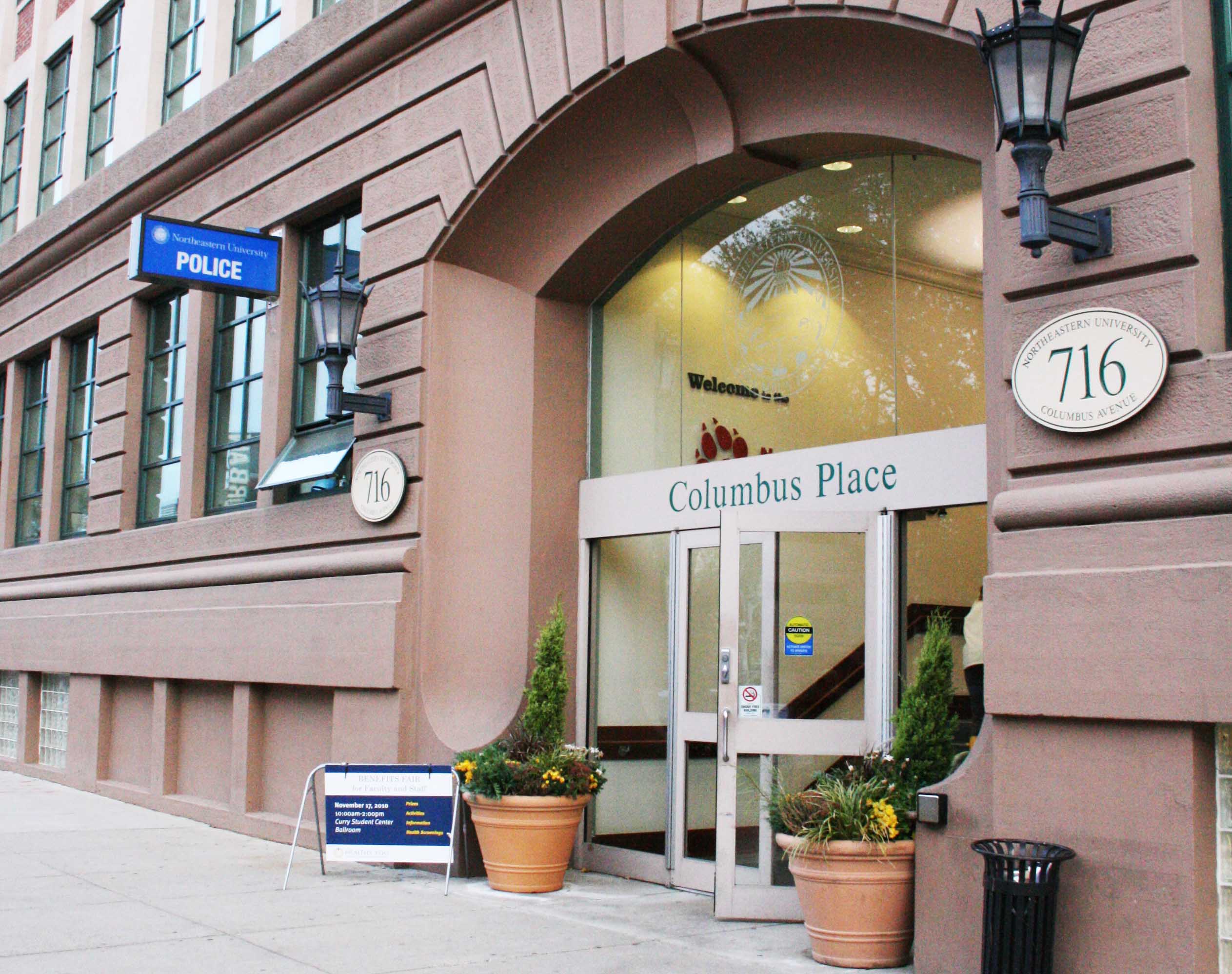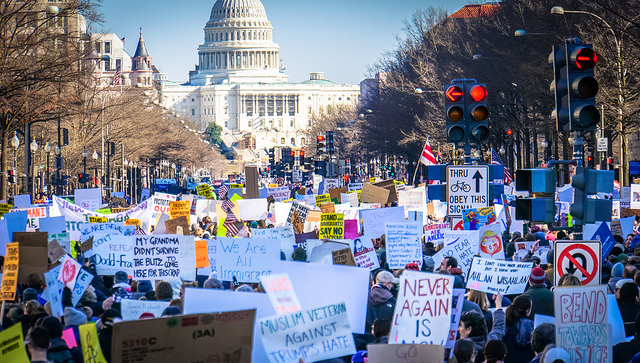It’s been a week since Northeastern University Police Department (NUPD) announced it would deploy semi-automatic rifles in campus police vehicles during “high-level threats.” Condemnations of the decision have been strong, if expected. Trevor Noah compared Northeastern to prison, which, if you lived in IV freshman year, isn’t completely inaccurate. Northeastern’s ability to make blindly controversial decisions never ceases to amaze, and most students seem to agree semi-automatic weapons are unnecessary at a place where the campus “Crime Log” is read purely for entertainment. It’s easy to brand this entire episode as another step in the wrong direction, another example of police having too much force at their disposal.
But after Planned Parenthood, San Bernardino, and Paris, I’m having a hard time justifying the outrage. This magazine has been very critical of gun policy in the United States, and rightfully so. I myself have enjoyed teeing off on previous Northeastern decisions regarding student politics. But let’s be honest: America has a mass shooting problem. And college campuses, far from being exempt, are highly susceptible. In 2013, there were at least 27 shootings on or near college campuses. Just two months ago, nine students were killed in a mass shooting at Umpqua Community College. And in 2007, 32 people were shot dead at Virginia Tech. It was the deadliest mass shooting in United States history.
NUPD’s decision is a direct reaction to these very real threats. Northeastern is not the first school in Boston to enact this policy. It is the fifth. MIT, Tufts, BU, and UMass Boston arm specially-trained officers with tactical weapons to confront school shootings. MIT Chief of Police John Difava says MIT officers have semiautomatic rifles in the trunks of their cars at all times. “Since Columbine, police strategy has changed dramatically and it’s now accepted practice that should there be an active shooter situation where you have a gunman inside a building that’s firing rounds, that you no longer have time to wait for the tactical units,” he said. “The officers have to make immediate entry.”
Difava’s claims are supported by an FBI study of mass shootings from 2000 to 2013, which concluded that arming first-responding officers with tactical weaponry is a key factor in preventing death. FBI official Kerry Sleeper, commenting on the study, noted specifically that “most people would prefer to have a patrol rifle; it gives them a tactical advantage over the individual.”
Most of these mass shootings also require the deployment of a specialized force, like a SWAT team. But as J. Pete Blair, a criminologist at Texas State University, notes, “a lot of times the SWAT team can take longer to deploy than the actual event is going on, so a lot of times the SWAT will take a role in controlling the area, containing the area and then searching. But it is the line-level patrol officer that is where the rubber meets the road here, and that is the person who would be going in to stop the shooter.” This directly addresses the criticisms raised by the Boston Police Department (BPD) about NUPD’s decision. BPD claims that it would be on the scene within minutes of a mass shooting, with a SWAT team and all necessary equipment in tow. But all Northeastern students are well-aware of the seemingly ubiquitous presence of NUPD cars on Forsyth and Huntington. In the case of an on-campus shooting, NUPD’s reaction time would likely be much faster than that of BPD. The first line of officers, deemed so important by the FBI study and Blair, would undoubtedly be NUPD. They’re the ones with the greatest chance to stop the shooting and save lives, and they would need the proper equipment to do so.
To ensure this weaponry is used judiciously, NUPD is implementing a strict training program for officers using the rifles. NUPD also says the rifles will be “deployed in officers’ vehicles during high-level threats like active shooters,” meaning these guns will only be carried in emergency situations. Now, considering the police brutality that has recently come to light thanks to Black Lives Matter, it’s right to be skeptical of claims made by police departments. But we must also remember that NUPD is not NYPD. It is not the Chicago Police Department. NUPD has no history of brutality. Like most campus police departments, it is heavily involved with the community. These officers’ jobs often include escorting students home after long nights of studying, taking students to the hospital when they’re too drunk, and generally providing any assistance that students might need – no matter how petty. There’s no reason to think the presence of these rifles during emergencies will result in an abuse of force.
That being said, in the age of unchecked police violence against people of color, we cannot write a blank check for police departments to use whatever force they deem necessary to prevent threats. Arming police with necessary equipment during an active shooter situation is one thing. Allowing the police to make decisions without consulting the community at-large is another. This is where NUPD overstepped its bounds. The department failed to notify Northeastern students – or even BPD, its partner institution – before making its decision. With the killing of Laquan McDonald, and in many previous instances, we have seen that police often shirk transparency in the name of self-preservation. This is not acceptable. Northeastern has an already marginalized minority population. Only 3% of students here are black. To exclude these communities, along with the rest of the Northeastern student population, through an underhanded decision-making process is an egregious mistake.
The violence of 2015 has left us with a conundrum. Gun violence and mass shootings are on the rise. But those who can prevent gun violence, the police, regularly abuse their power by killing innocent black men, women, and children. To make level-headed policy at a time like this is difficult. But it’s not impossible. NUPD’s decision is reasonable. Its method of reaching that decision is not. In an ideal world, the policy change we would see in reaction to gun violence is gun control, but our politicians have made it clear that their NRA money is more important than our lives. So instead, small campus police departments are forced to make unpopular decisions that distance them from already marginalized communities. Our collective failure to enact gun control is having broad consequences. And so the question arises once more: will this be enough to create change?



